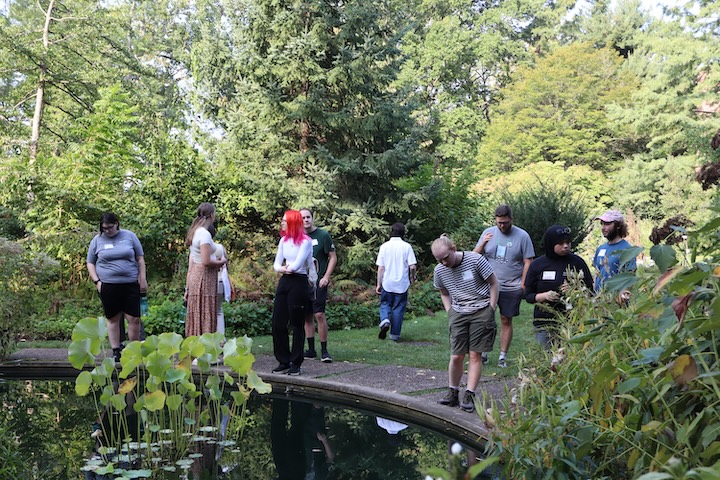PhD student contributes new tool to predict, plan for sea lions
From North Cape south, New Zealand's mainland was once teeming with sea lions. When humans arrived, that all changed. New Zealand sea lions were hunted relentlessly and wiped from the map.
The endemic animals were driven into a refuge in the Auckland Islands, where sealers' wooden boats could not venture, and only recently has the now nationally vulnerable species returned to the mainland.

In the beginning, a single female, Mum, arrived in Dunedin in the 1990s, and she had a pup. Now, conservationists are hopeful a growing population of her descendants breeding along the city's coast could signal the beginning of the species reclaiming their former breeding grounds.
Exactly when and where they might be found in future remains unknown, but an American PhD student, who has never seen a New Zealand sea lion in the wild, has developed a tool expected to be used to predict and plan for their return to the coasts of both the North and South Islands.
Veronica Frans is an ecologist and a PhD student at Michigan State University who developed an interactive map, now hosted on the Department of Conservation website, using something called an "integrated species distribution model database".
The database she created not only makes the map easier to interpret, it also allows for additional evaluations for decision-making and conservation action, she said.
Using data collected through previous research in breeding colonies in the Auckland Islands, Ms. Frans was first able to create a model of "habitat preference" for the species and overlay that model on to a map of the mainland.
The map showed sites that would be suitable for sea lions to again establish breeding colonies along the coast. The assessment identified 395 sites along the coasts of both the North and South Islands where colonies of 35 or more females could settle.
Ms Frans, whose master's research focused on the species and who has studied at Lincoln University, said it was a sign of hope for the species' recovery.
"We never imagined 395!" Ms Frans said via email. "It was definitely a surprise to us."
The database she created was produced after conversations with Doc rangers, decision-makers and sea lion experts, so as to refine the initial modelling.
The overlapping assessments it allowed showed that the actual suitability of 90% of the 395 potential breeding colony sites was questionable because of human activity. More than half of them contained human-made barriers such as fences or pasture, and three quarters had roads nearby.
Further, only 5% of the predicted colony sites were in protected areas.
The work, recently published in the British Ecological Society journal Methods in Ecology and Evolution, offered new opportunities for conservation planning and community outreach, Ms Frans said.
But the main thing it displayed was the potential for the New Zealand sea lion to one day be found all over the country, she said.
"One day, I really hope to see one," she said. "It would be a dream after studying them for so long.
"For now, I do what I can from a distance, using data that others have collected on the ground, and am happy to help where I can."
Read the full story (with lots of fun pictures) in The Otsego (New Zealand) Daily Times



